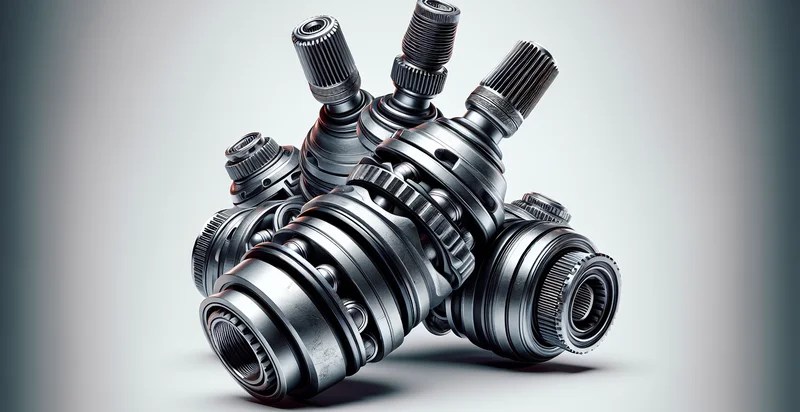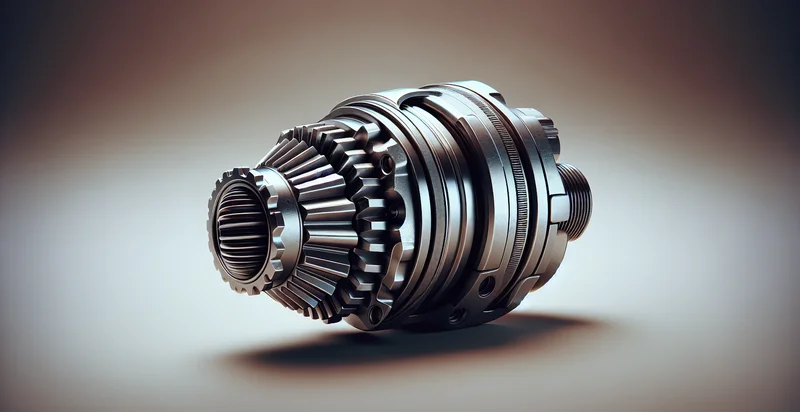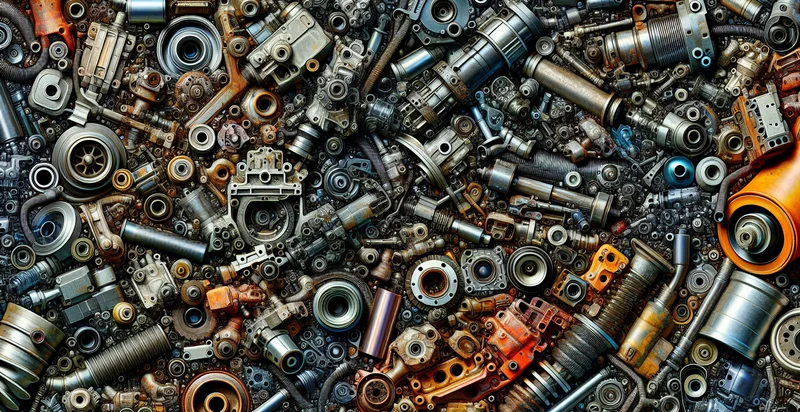Identify cv joints
using AI
Below is a free classifier to identify cv joints. Just upload your image, and our AI will predict what type of CV joint it is - in just seconds.

Contact us for API access
Or, use Nyckel to build highly-accurate custom classifiers in just minutes. No PhD required.
Get started
import nyckel
credentials = nyckel.Credentials("YOUR_CLIENT_ID", "YOUR_CLIENT_SECRET")
nyckel.invoke("cv-joints", "your_image_url", credentials)
fetch('https://www.nyckel.com/v1/functions/cv-joints/invoke', {
method: 'POST',
headers: {
'Authorization': 'Bearer ' + 'YOUR_BEARER_TOKEN',
'Content-Type': 'application/json',
},
body: JSON.stringify(
{"data": "your_image_url"}
)
})
.then(response => response.json())
.then(data => console.log(data));
curl -X POST \
-H "Content-Type: application/json" \
-H "Authorization: Bearer YOUR_BEARER_TOKEN" \
-d '{"data": "your_image_url"}' \
https://www.nyckel.com/v1/functions/cv-joints/invoke
How this classifier works
To start, upload your image. Our AI tool will then predict what type of CV joint it is.
This pretrained image model uses a Nyckel-created dataset and has 20 labels, including Binding, Broken, Clicking, Corrosion, Crack, Damaged, Excessive Play, Excessive Vibration, Failed and Good.
We'll also show a confidence score (the higher the number, the more confident the AI model is around what type of CV joint it is).
Whether you're just curious or building cv joints detection into your application, we hope our classifier proves helpful.
Related Classifiers
Need to identify cv joints at scale?
Get API or Zapier access to this classifier for free. It's perfect for:
- Automotive Quality Control: Automakers can employ the 'cv joints' identifier to enhance quality assurance procedures during the manufacturing process. By integrating this function into automated visual inspection systems, manufacturers can quickly identify defects or deviations in CV joint components, ensuring only products that meet quality standards reach the market.
- Predictive Maintenance: Automotive maintenance providers can leverage the false image classification function to assist in predicting when CV joints may fail. By analyzing images of worn-out or damaged CV joints, the system can generate alerts for maintenance teams to conduct timely interventions, thus reducing downtime and repair costs for fleet operators.
- E-commerce Product Verification: Online retailers selling automotive parts can utilize the CV joints identifier to verify product authenticity in listings. By enabling users to upload images of CV joints and get instant classification results, the platform can assure customers of the quality and suitability of the parts they are purchasing.
- Technical Training Assistance: Automotive training programs can incorporate the CV joints identifier as a teaching tool. By using it to classify and highlight different types of CV joints, instructors can more effectively educate students on the variations, applications, and troubleshooting techniques related to these components.
- Supply Chain Management: Suppliers can integrate the false image classification function to streamline the procurement process of CV joints. By utilizing image recognition to verify incoming parts against specifications, companies can ensure that they receive the correct and high-quality components, reducing the risk of delays and excess inventory.
- Research and Development: Automotive R&D teams can harness the CV joints identifier in their experimental setups. Using this function, engineers can analyze and classify various prototypes of CV joints, providing valuable data for performance comparisons, material selection, and design optimization in future models.
- Accident Analysis: Insurance companies and accident reconstruction experts can use the CV joints identifier to analyze accident reports involving vehicles. By classifying images of damaged CV joints from accident scenes, investigators can gather evidence and insights into vehicle performance issues that may have contributed to the incident, aiding in claims assessment and liability determinations.


